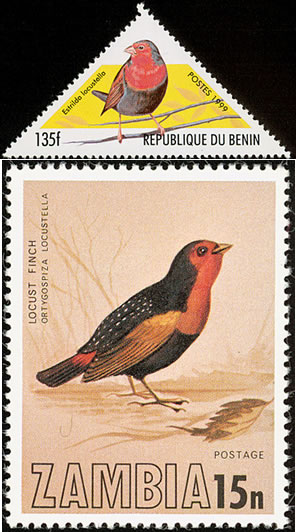Fea’s Petrels (Pterodroma feae)
Fea’s Petrel (Pterodroma feae) is a small seabird in the gadfly petrel genus, Pterodroma. It was previously considered to be a subspecies of the Soft-plumaged Petrel, P. mollis, but they are actually not closely related at all. However, P. feae is very closely related to Zino’s Petrel and Deserta’s Petrel, two other species recently split from P. mollis.

Petrels
Phylogeny
They are estimated to have diverged at the end of the Early Pleistocene, 850,000 years ago (Sangster et al., 2002). Given the uncertainties of molecular dating in Procellariiformes (Rheindt and Austin, 2005), this must be considered very tentative, however.
Etymology
This bird is named after the Italian zoologist Leonardo Fea.
Reproduction
It breeds in the North Atlantic in the Cape Verde Islands and Madeira Islands (Bugio Island). This endangered species nests in colonies in burrows in spring and autumn. It lays a single white egg.
This seabird is strictly nocturnal at the breeding sites to avoid predation by gulls. Like most petrels, its walking ability is limited to a short shuffle to the burrow.
Description
This long-winged petrel is 33–36 cm in length with an 86–94 cm wingspan.
It has a grey back and wings, with a dark “W” marking across the wings. The undersides of the wings are dark and the belly is white. It has a fast impetuous flight. It picks planktonic food items from the ocean surface.
This species is very similar to the Zino’s Petrel, but is larger and has a thicker black bill.
Identification and Morphological Differentiation
As all three of the species in the Pterodroma feae/madeira/desertae complex were once believed to be subspecies of a single species: Pterodroma mollis. Well-understood is the extreme difficulty in telling them apart. A summary of data from a morphological study sheds light on the issue:
- In overall size, feae is closer to deserta and both are bigger than madeira (wing length – f:262, d: 264, m: 248; tarsus – f:34.7, d: 35.2, m: 32.7).
- Bill length is once again similar in feae and deserta and both larger than madeira (f:29.0, d: 28.6, m: 26.3).
- Bill depth is by far biggest in deserta, lowest in madeira, and intermediate in feae (f:11.9, d: 12.9, m: 10.5).
In terms of ratios:
- (Bill length/wing length) (f:11.1%, d: 10.8%, m: 10.6%) is rather similar in the three taxa.
- (Bill length/bill depth) (f: 2.44, d: 2.22, m: 2.53) is lowest in deserta, and highest in madeira. In feae it is intermediate, but more than twice closer to madeira than to deserta.
Pterodroma feae/madeira records in the US
It is a rare visitor to waters off the eastern USA, though known only from sight records and photographs. The American Ornithologists’ Union has not accepted these records, and the American Birding Association has accepted them only as “Fea’s/Zino’s Petrel”, to the annoyance of birders who are confident that they identified this species correctly.
Pterodroma feae/madeira records in Europe
It is also an extremely rare vagrant to Western Europe, principally Great Britain and Ireland, though most records there are also acceptable only as “Fea’s/ Zino’s”, with the exception of three at-sea records in British waters.

